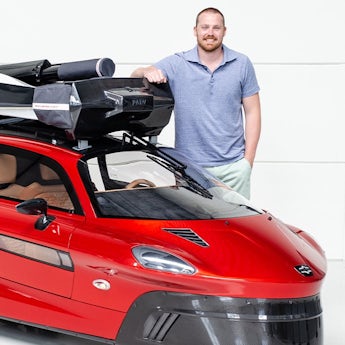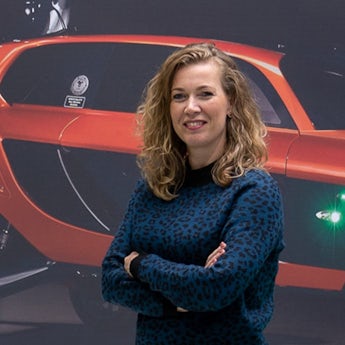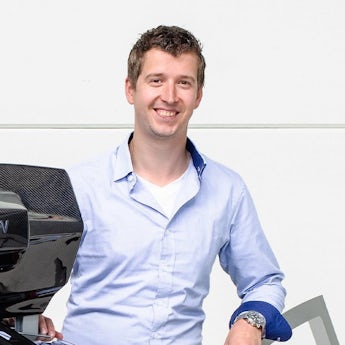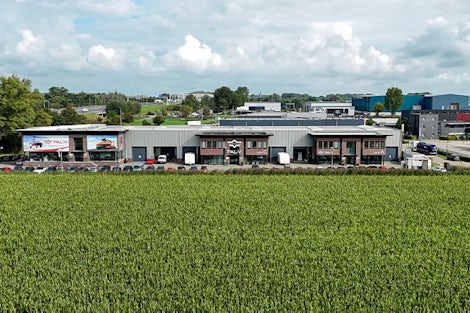
Our drive
All about PAL-V's search for libertyTogether, changing history
Our drive is to offer people the most flexible form of mobility and the highest sense of freedom imaginable while enjoying the ride. We dedicated ourselves to safely eliminating the key limitations of a car, small (gyro) plane and helicopter simultaneously. By achieving this goal, we aren't only providing our customers with a means to explore the world from a different view, but we are rewriting history, turning a 100-year-old dream into reality.


Our Mission is to make air mobility available for everyday use by creating sustainable and innovative advanced air mobility products.

Company founded

First flight of PAL-V ONE

Public launch of PAL-V Liberty

Road certification completed
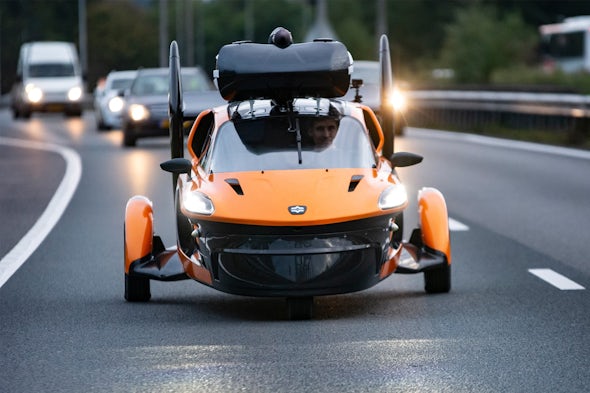
First deliveries of PAL-V Liberty

Our values
It doesn't get more innovative than a flying car
We want to innovate, to evolve, to improve ourselves as well as the world around us. We want to forge a trail that is worth following, on the ground and in the sky.
Inventiveness, resilience, entrepreneurship and hard work
At PAL-V, we turned a 100-year-old dream into reality. This reality was created by an incredible amount of inventiveness, resilience, entrepreneurship and hard work, along with the desire for perfection; in technology, in certification, in experience.
Airborne in Innovation
It doesn't stop at the Liberty. Our roadmap of future products foresees many variations of FlyDrive and Urban Air Mobility products. Anything that relates to air mobility or providing people with the freedom to go anywhere, anytime, is what we want to be involved in.
Executive team
Sales team
International Business Development
We couldn't have done it without our partners
At PAL-V, we believe that the future of transportation lies in innovation and collaboration. That's why we've partnered with some of the most renowned companies and organizations in the industry to revolutionize advanced air mobility.
Partners




